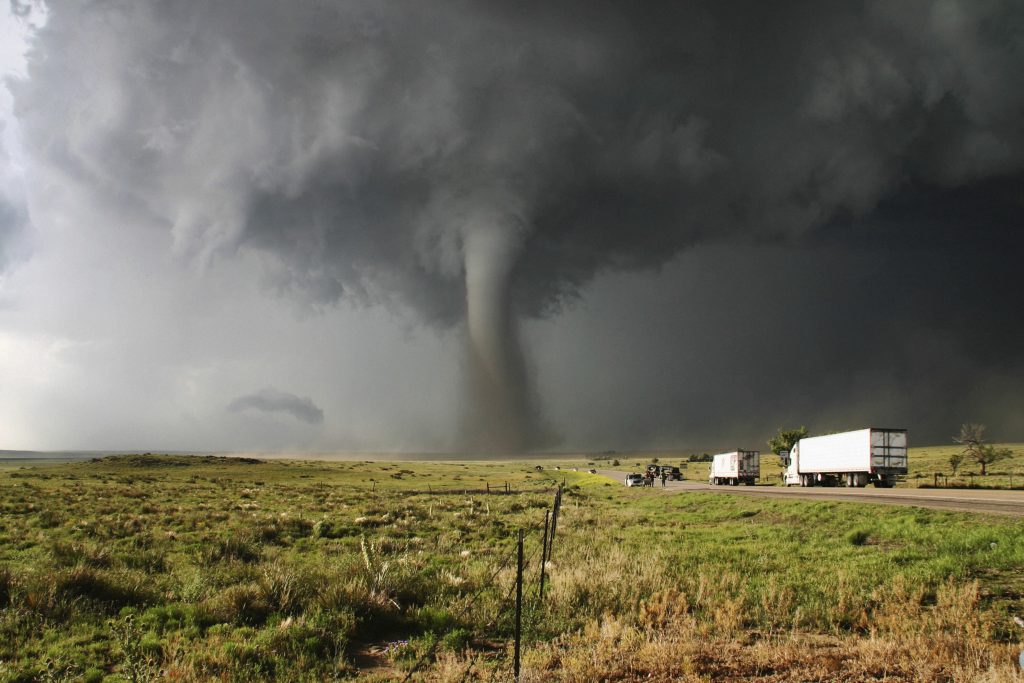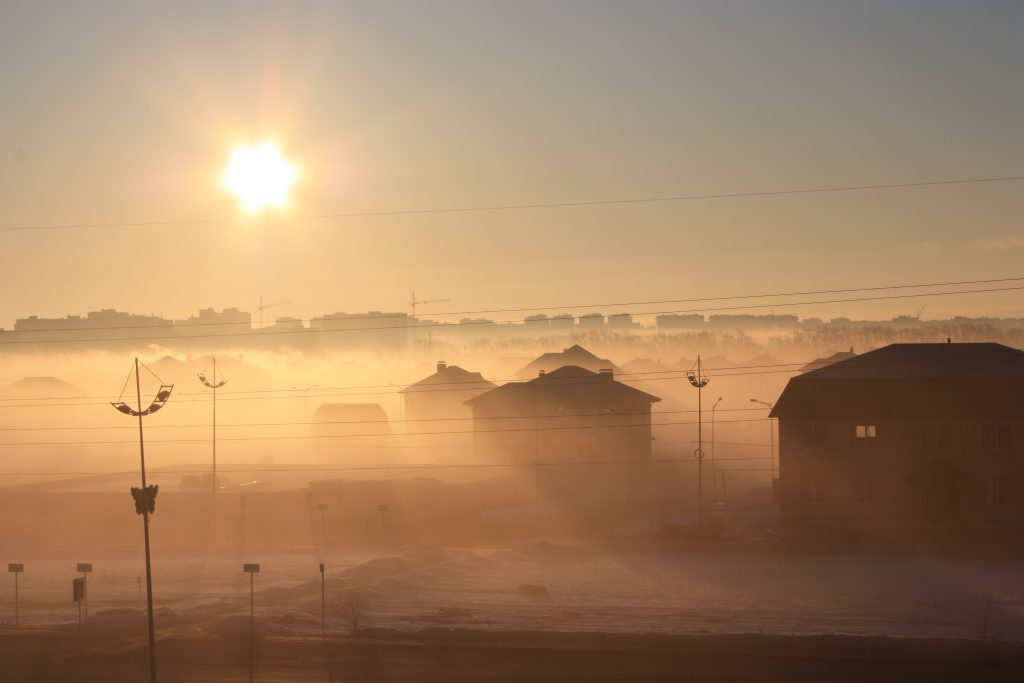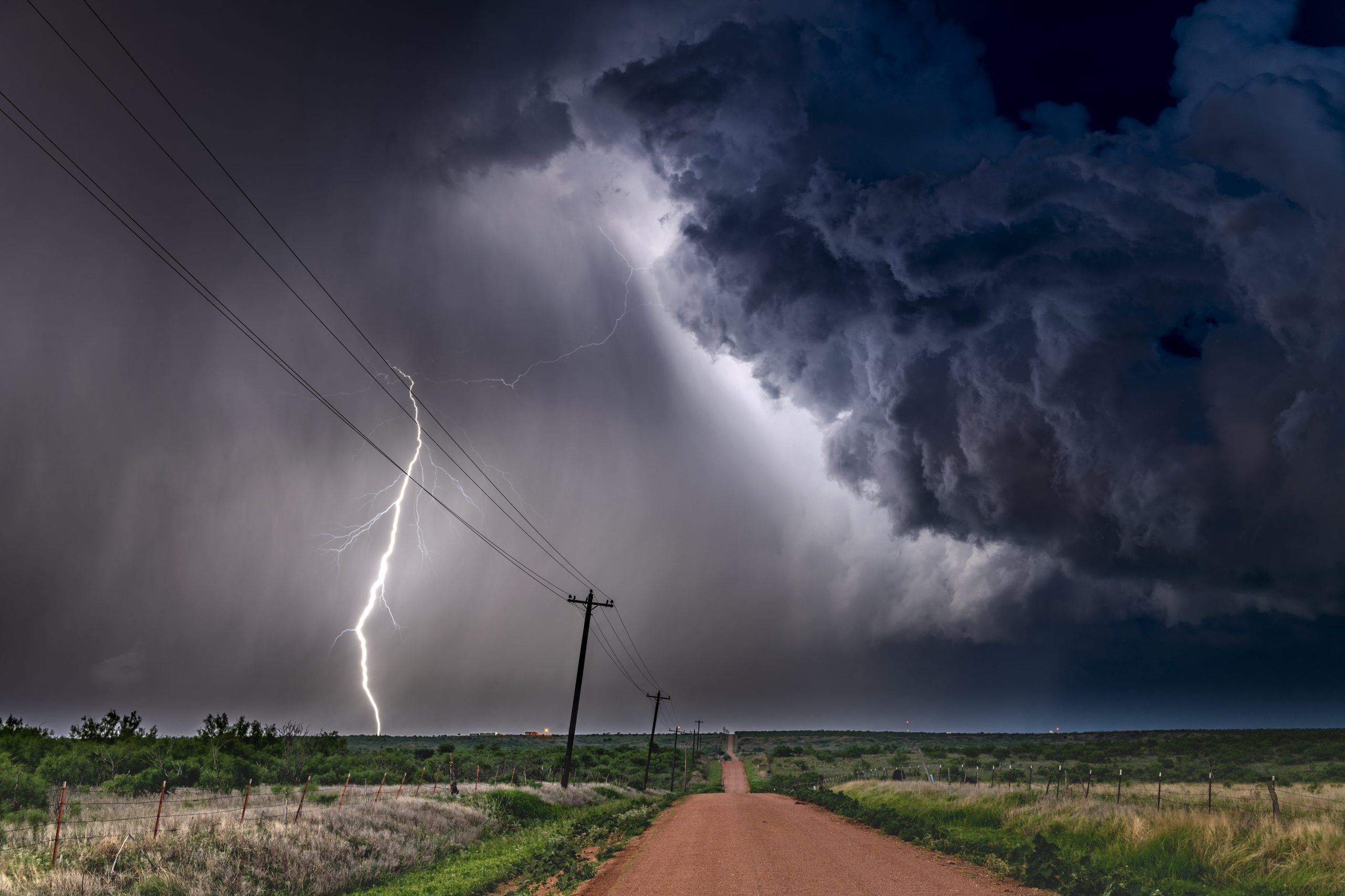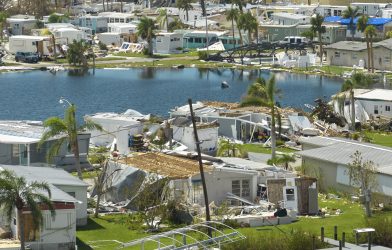Storms are among nature’s most powerful and awe-inspiring phenomena. From the mesmerizing swirl of a hurricane to the sudden strike of a thunderstorm, these events have shaped landscapes, cultures, and human history. Understanding storms is crucial not only for safety but also for appreciating the sheer force of the natural world.
What is a Storm?
A storm is any disturbed state of the atmosphere, especially when affecting the Earth’s surface, and is marked by significant weather patterns such as rain, thunder, lightning, and high winds. Storms come in various forms, including thunderstorms, hurricanes, tornadoes, blizzards, and dust storms. Each type has unique characteristics and occurs under specific conditions.
Types of Storms
- Thunderstorms: These are small-scale but powerful storms characterized by lightning, thunder, heavy rain, and sometimes hail. Thunderstorms form when warm, moist air rises rapidly into cooler air, creating an updraft that generates the necessary conditions for rain and lightning.
- Hurricanes: Also known as typhoons or cyclones, depending on their location, hurricanes are massive storm systems that form over warm ocean waters. They can cause widespread destruction with their high winds, heavy rainfall, and storm surges. The eye of the storm, a calm center, is surrounded by the eye wall, where the most severe weather occurs.
- Tornadoes: These are violently rotating columns of air that extend from a thunderstorm to the ground. Tornadoes are incredibly destructive due to their intense wind speeds, which can exceed 300 miles per hour. They often leave a narrow, devastating path in their wake.
- Blizzards: These severe snowstorms are characterized by strong winds, low temperatures, and heavy snowfall. Blizzards can create life-threatening conditions by reducing visibility and making travel nearly impossible.
- Dust Storms: Common in arid regions, dust storms occur when strong winds lift large amounts of dust and sand into the air, reducing visibility and causing respiratory issues for people and animals.
The Science Behind Storms
Storms are driven by the Earth’s complex weather systems. They often form when different air masses collide, causing dramatic changes in temperature and pressure. For example, a cold front moving into an area of warm, moist air can trigger thunderstorms or even tornadoes.
Hurricanes, on the other hand, develop over warm ocean waters. They are fueled by the heat released from condensation in moist air. As the storm system grows, it begins to rotate due to the Coriolis effect, eventually forming a well-defined cyclone.

The Impact of Storms
Storms can have devastating effects on communities, economies, and ecosystems. Their impact can be immediate and long-lasting, with widespread consequences for both natural and built environments.
- Human Lives and Health: Storms pose a significant risk to human safety. High winds, flooding, and flying debris can cause injuries and fatalities. For instance, hurricanes and typhoons have led to the evacuation of millions, while tornadoes can destroy entire neighborhoods within minutes. The aftermath of storms often sees an increase in health issues, including waterborne diseases, respiratory problems due to mold, and mental health challenges like anxiety and PTSD.
- Economic Costs: The economic impact of storms can be staggering. The destruction of infrastructure, homes, and businesses results in billions of dollars in damages. For example, Hurricane Katrina in 2005 caused over $125 billion in damages. Recovery and rebuilding efforts can take years, draining resources and impacting local economies. Insurance costs also skyrocket in storm-prone areas, adding an additional financial burden to residents.
- Environmental Damage: Storms can cause severe environmental damage. Hurricanes can lead to coastal erosion, loss of wetlands, and contamination of freshwater sources. Tornadoes can strip forests bare, while dust storms can degrade soil quality, making agriculture more challenging. Marine ecosystems are not spared either; storm surges can destroy coral reefs and disrupt marine life.
- Impact on Infrastructure and Services: Strong storms can knock out power, disrupt communication networks, and damage critical infrastructure like roads, bridges, and hospitals. This disruption can hinder emergency response efforts and delay recovery operations, putting more lives at risk.
- Agriculture and Food Security: Heavy rains, flooding, and high winds can destroy crops, reduce soil fertility, and disrupt planting and harvesting schedules. This can lead to food shortages, increased prices, and economic hardship for farming communities.

Preparing for Storms
Preparation is essential for mitigating the impacts of storms and ensuring the safety of individuals and communities. While we cannot prevent storms, effective planning and response can significantly reduce their devastating effects.
- Early Warning Systems: Advances in meteorology and technology have made it possible to predict storms with increasing accuracy. Governments and meteorological agencies use satellite data, radar, and computer models to monitor storm development and provide early warnings. Early warning systems give people time to evacuate, secure property, and make necessary preparations.
- Emergency Planning and Drills: Every household should have an emergency plan that includes a designated safe room or area, a communication strategy, and a list of essential items such as food, water, medications, and first-aid supplies. Regular drills can help ensure everyone knows what to do in the event of a storm.
- Securing Property: For those living in storm-prone areas, securing property can reduce damage. This includes installing storm shutters, reinforcing roofs, and securing outdoor items that could become projectiles in high winds. For hurricanes, creating a barrier against storm surges, such as sandbags or flood barriers, can prevent water from entering homes and businesses.
- Building Codes and Infrastructure Resilience: Governments can play a significant role by enforcing strict building codes that ensure structures are more resistant to storm damage. Infrastructure resilience projects, such as elevating roads, constructing sea walls, and improving drainage systems, can help protect communities from the worst effects of storms.
- Community Preparedness and Education: Communities that work together can be more resilient in the face of storms. Public awareness campaigns, community emergency response teams, and neighborhood support networks can make a significant difference in how well a community withstands and recovers from a storm.
- Insurance and Financial Planning: Having appropriate insurance coverage can provide financial protection in the event of storm damage. Homeowners and businesses should review their policies to ensure they are covered for storm-related risks, including flooding, which is often excluded from standard policies.
- Mental Health Support: The psychological impact of surviving a severe storm can be profound. Access to mental health support services, community support groups, and counseling can help individuals and families cope with the stress and trauma associated with storm events.
The Future of Storms
Climate change is expected to influence the frequency and intensity of storms. Rising global temperatures may lead to more severe weather events, with hurricanes potentially becoming more powerful and thunderstorms more frequent. Understanding these changes and adapting to them will be crucial for communities around the world.
Storms are a testament to the raw power and unpredictability of nature. While they can bring destruction and chaos, they are also essential components of the Earth’s atmospheric system. By continuing to study and understand storms, we can better prepare for their impacts and appreciate the intricate dynamics of our planet’s weather. Through preparedness and resilience, we can face these natural forces with greater confidence and safety.














